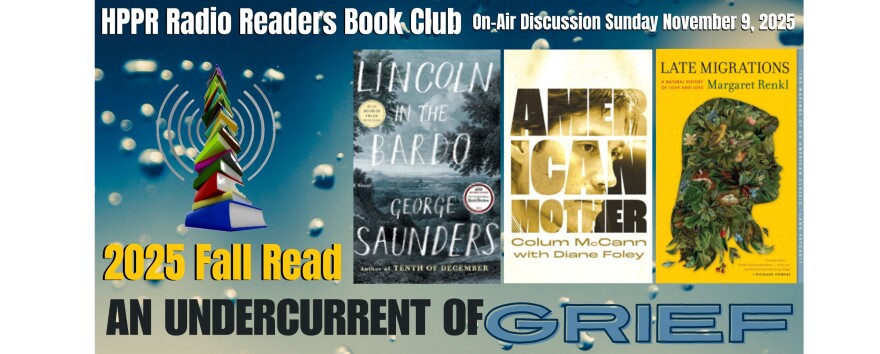Hello. My name is Cheryl Berzanskis and I’m from Amarillo. Let’s talk about the Post Office.
Before there was the telegraph, the telephone, email and text messaging there was the Post Office. While not instant communication it was the institution so trusted we mailed our tax returns, wedding invitations, love letters and yes, the antique diamond ring posted to my son prior to his engagement.
Winifred Gallagher authored How the Post Office Created America, a detailed history of the institution that
grew and evolved to meet the needs of a world power that started as a cluster of colonies, turned into a war fractured nation and finally became the United States of America. The 312-page book was published in 2016 by Penguin Press and true to its historical aim contains an additional twenty-two pages of footnotes.
Moving written communication across long distances dated from ancient days in the Middle East when horseback riding, clay tablet carrying couriers facilitated the operation of nations by transporting communiques hundreds of miles.
It was from that time in the words of Herodotus, we recall the unofficial motto of the U. S. Postal Service. “Neither snow nor rain nor heat nor gloom of night stays these couriers from the swift completion of their appointed rounds.”
Gallagher’s book fast forwards us to the early days of the institution that jumped the pond as the Crown post, then served post-Colonial America as the Post Office Department after 1792, and the U.S. Postal Service after 1970.
As Americans pushed their way into the frontier and states were added to the union, the U.S. Post Office became both an encourager and technological facilitator of westward expansion. First mail was carried afoot, then by horseback, canoe and wagon on designated Post Roads. Then trains and airplanes moved precious cargo relentlessly west to serve a growing population who now knew they could depend on hearing from Mom back home.
And who can forget that once children with a few pennies of stamps affixed were mailed to families far away? A 6-year-old girl who traveled 720 miles from Florida to Virginia holds the record.
As time passed, mail service became safer, more dependable and efficient. Those three words rested on people like my late uncle.
Edwin McEver was a letter carrier in the 1960s and 70s. He wore a leather bag slung over his left shoulder, fingered an unfiltered Camel in his right hand and walked the downtown streets of Cartersville, Ga., for enough years to fill up the chapel when he died. It was he who warned me with great authority against the perils of chain letters and pyramid schemes promulgated through the mail. He was the embodiment of government service, more than mayors, governors, and presidents.
Uncle Edwin was one of the thousands that allowed us Americans to post a letter to California. Or Vermont. Or to a soldier-cousin stationed in Germany. By the time of my childhood and Uncle Edwin’s career, mail delivery was inexpensive and egalitarian. A poor kid in the sticks who could come up with six cents could send a fan letter just as securely and quickly as a prosperous businessman in Atlanta could post a contract.
I once saw a movie called “The Postman” starring Kevin Costner. The compelling memory of this 1997 post-apocalyptic flick is the fact that among all the distracting fictions, one man, Gordon, stumbled upon the idea of rebuilding society through the delivery of letters from friends and family.
The science fiction novel upon which the movie is based was written by David Brin.
He penned, "If we lost our civilization, we'd all come to realize how much we missed it and would realize what a miracle it is simply to get your mail every day.”
For the Radio Readers Book Club on High Plains Public Radio, this has been Cheryl Berzanskis.









